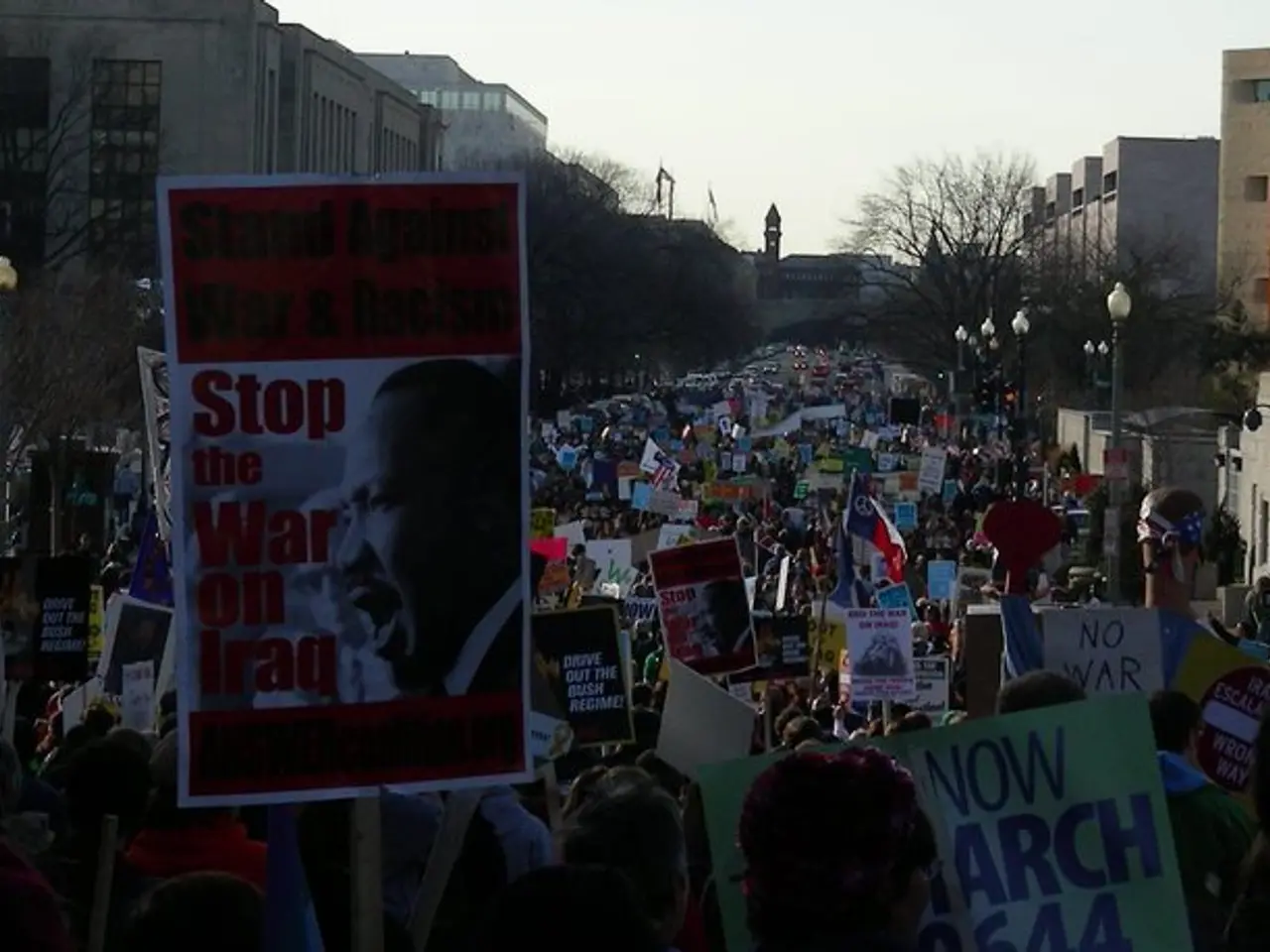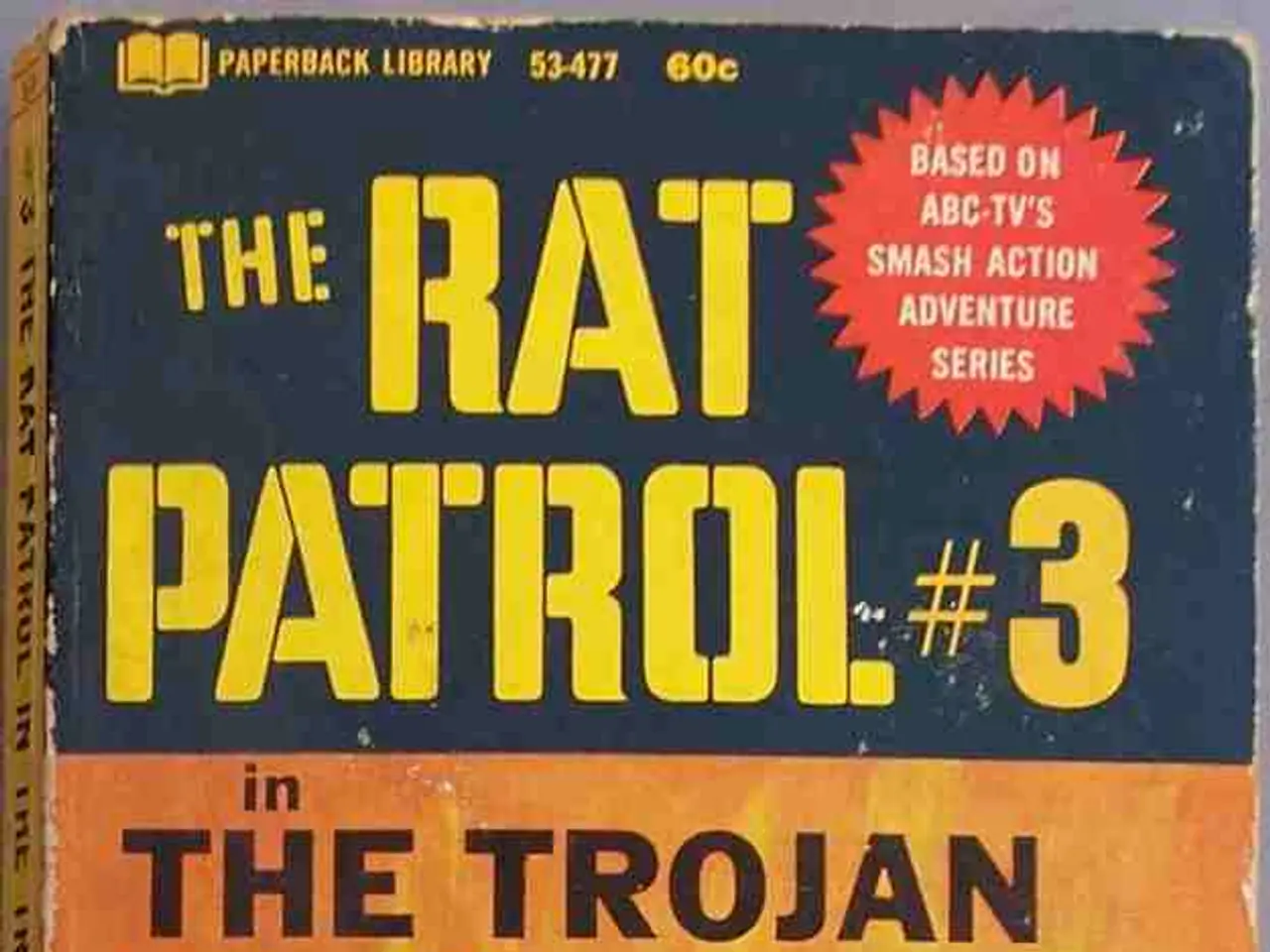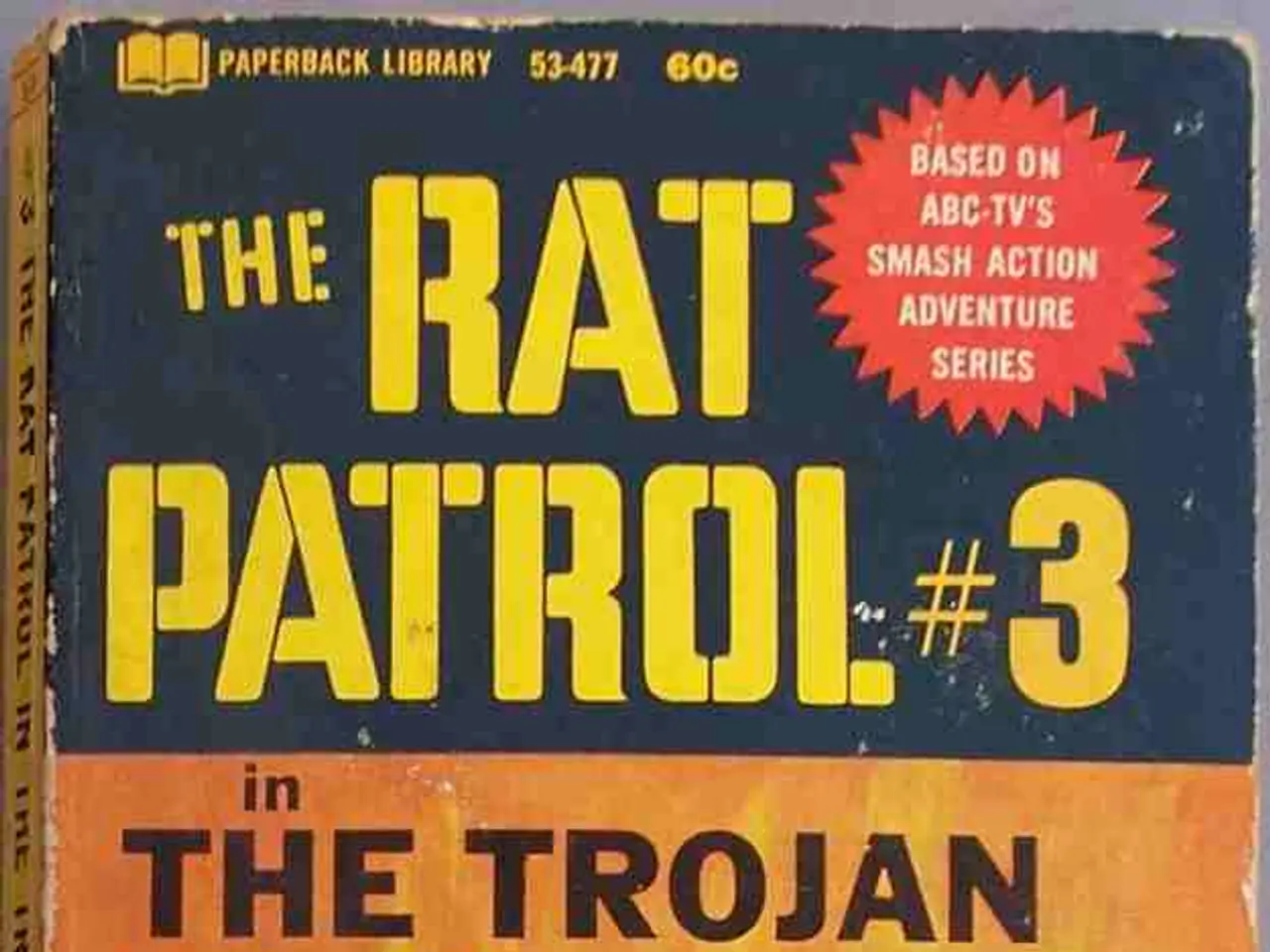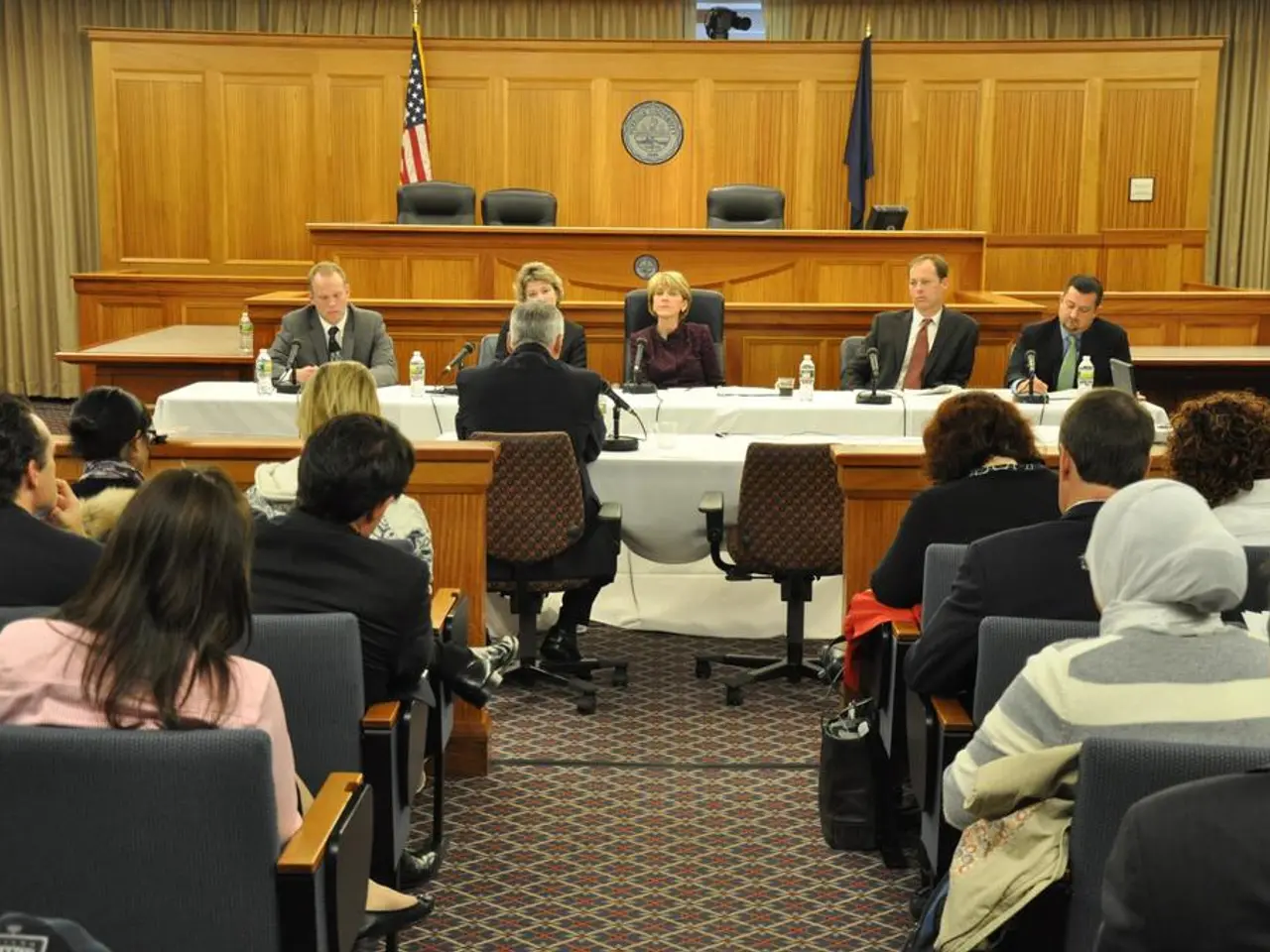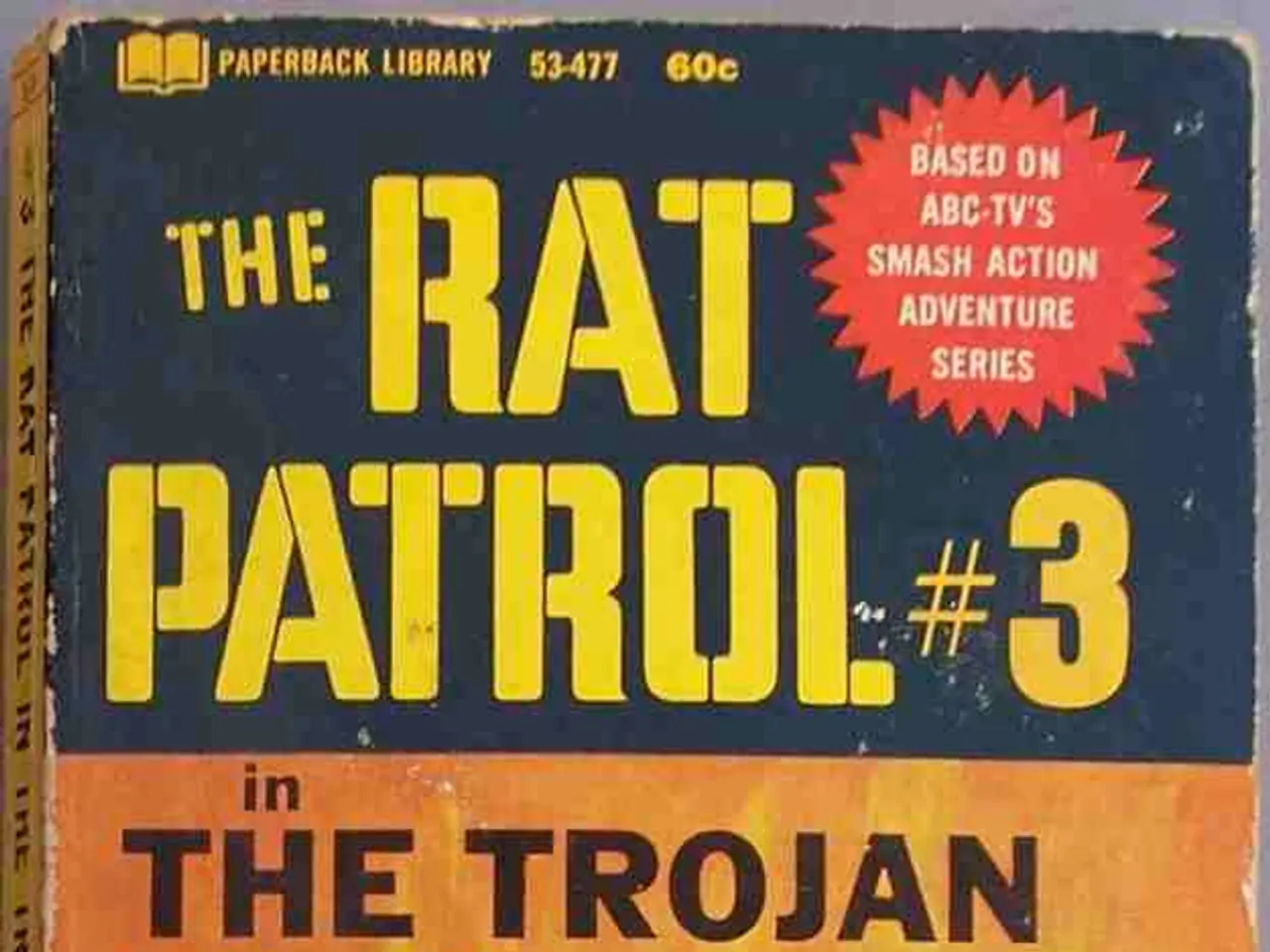Reinstated Controversial Statue Under Trump's New Policies
Controversial Statue of Confederate General Albert Pike to Be Reinstalled in Washington, D.C.
In a move that has sparked renewed debate, the Trump administration has announced plans to reinstall the statue of Confederate General Albert Pike in Washington, D.C. The statue, which was toppled during anti-racism protests five years ago, will be back on display following guidelines set by the Trump administration.
Albert Pike (1809–1891) was a multifaceted historical figure, best known as a Confederate general and Freemason leader. During the American Civil War, he served as a Confederate diplomat who worked with Native American tribes that held slaves and sided with the Confederates.
The statue, erected in 1901, is the city’s only outdoor statue of a Confederate general. However, it depicts Pike not as a Confederate military figure but as a civilian and leader of the Scottish Rite Freemasons, holding a copy of his influential Masonic writings. The statue’s base also features a bronze representation of the Goddess of Masonry.
From its inception, the statue was controversial. Members of the Grand Army of the Republic protested honoring a Confederate general in the nation's capital, but assurances were given that Pike would be represented solely as a Mason and not a soldier, which led Congress to approve the memorial. The site, Judiciary Square, is historically interesting because during the Civil War, it served as the city hall where slaveholders applied for compensation after the abolition of slavery in the District of Columbia in 1862.
In recent years, the statue’s presence has been contentious given Pike’s Confederate role and the broader national debate around Confederate symbols. The statue was removed at times amid protests and calls for the removal of Confederate monuments. However, the reinstallation of the statue is part of a broader effort by the Trump administration to bring Confederate historical symbols back to public spaces, as reported by the New York Times.
The Pentagon found a loophole in the order to restore the original names of several military bases, which originally honored Confederate generals. They renamed bases after deserving soldiers with the same last names as the Confederate generals, not the generals themselves.
The order to restore the original names of the military bases was controversial and sparked debates about the glorification of Confederate symbols. Previously, Trump signed an executive order calling on federal and local agencies to restore public monuments that had been removed during protests.
The Black Lives Matter protests in 2020 saw demonstrators across the country toppling several statues of historical figures associated with racism. During the demonstrations, the statue of General Albert Pike, located near the Capitol, was vandalized, knocked down, and reportedly set on fire.
Then-President Trump called the toppling of the statue a "disgrace for our country." The protests sparked a national debate about the country's memory culture, with some arguing that Confederate symbols should be removed, and others believing they should be preserved as part of history.
The controversy surrounding the restoration of Confederate symbols in public spaces has been a topic of ongoing debate in recent decades. The reinstallation of the statue of General Albert Pike in Washington, D.C. will undoubtedly fuel this debate, reflecting both Pike’s historical complexity and the evolving cultural sensitivities about Confederate monuments in the capital.
- The reinstallation of the statue of General Albert Pike, a multifaceted historical figure known for his role in the Confederacy, war-and-conflicts, and politics, particularly his service during the American Civil War, has sparked renewed debate about the appropriateness of Confederate symbols in general-news and the significance of crime-and-justice, such as anti-racism protests.
- The Trump administration's plan to display the statue of General Albert Pike, a Confederate general and Freemason leader who has been controversial since its inception, in Washington, D.C., follows their efforts to bring Confederate historical symbols back to public spaces, adding to the ongoing discussions about the politics surrounding these symbols in the context of crime-and-justice, war-and-conflicts, and general-news.



